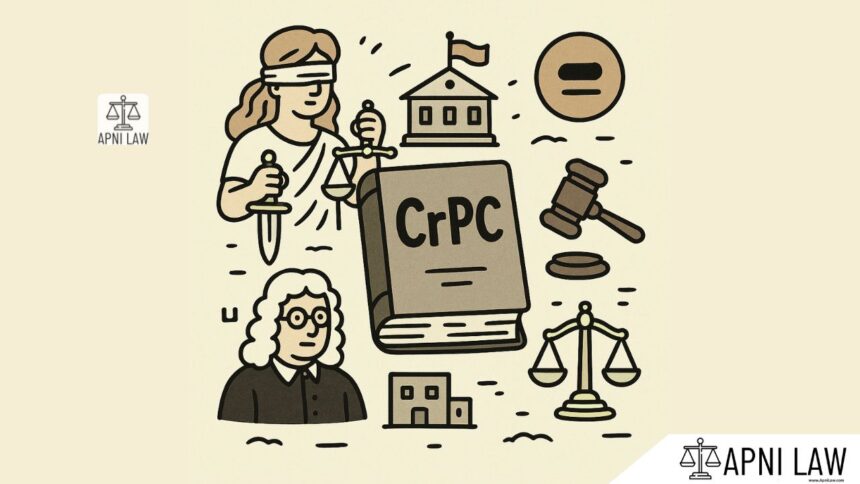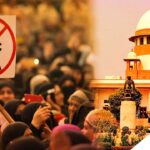Code:
(1) Where the accused is not acquitted under section 232, he shall be called upon to enter on his defence and adduce any evidence he may have in support thereof.
(2) If the accused puts in any written statement, the Judge shall file it with the record.
(3) If the accused applies for the issue of any process for compelling the attendance of any witness or the production of any document or thing, the Judge shall issue such process unless he considers, for reasons to be recorded, that such application should be refused on the ground that it is made for the purpose of vexation or delay or for defeating the ends of justice.
Explanation:
- This section marks a crucial point in the trial. After the prosecution has presented its evidence, the accused is formally given the opportunity to defend themselves.
- The accused has the right to choose whether to present evidence or not. If they choose to present evidence, they can call witnesses and produce documents to support their case.
- If the accused chooses not to present evidence, they are still entitled to argue their case and point out any weaknesses in the prosecution’s evidence.
Illustration:
Imagine a case where a person is accused of theft. The prosecution presents evidence such as eyewitness testimony and CCTV footage. After the prosecution rests its case, the accused is called upon under Section 233 to enter their defence. They might choose to:
- Present an alibi, proving they were at a different location at the time of the theft.
- Introduce evidence suggesting someone else committed the crime.
- Argue that the prosecution’s evidence is unreliable or insufficient.
Common Questions and Answers:
Q: Can the accused choose to remain silent during the defence stage?
A: Yes, the accused has the right to remain silent and not present any evidence. However, this does not mean they cannot argue their case or point out flaws in the prosecution’s evidence.
Q: What happens if the accused enters a defence but doesn’t produce any evidence?
A: The accused can still argue their case based on the prosecution’s evidence, trying to raise doubts or inconsistencies in their presentation.








